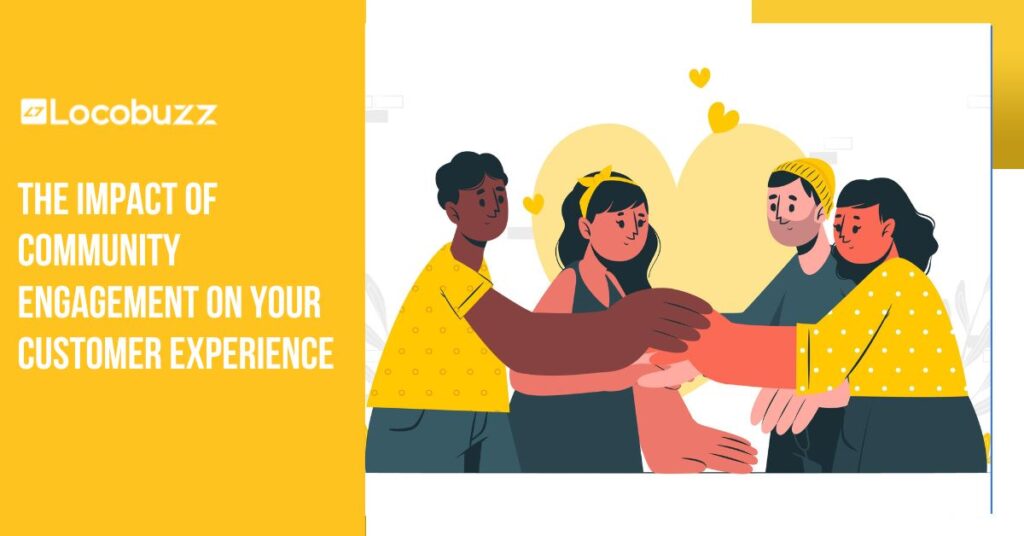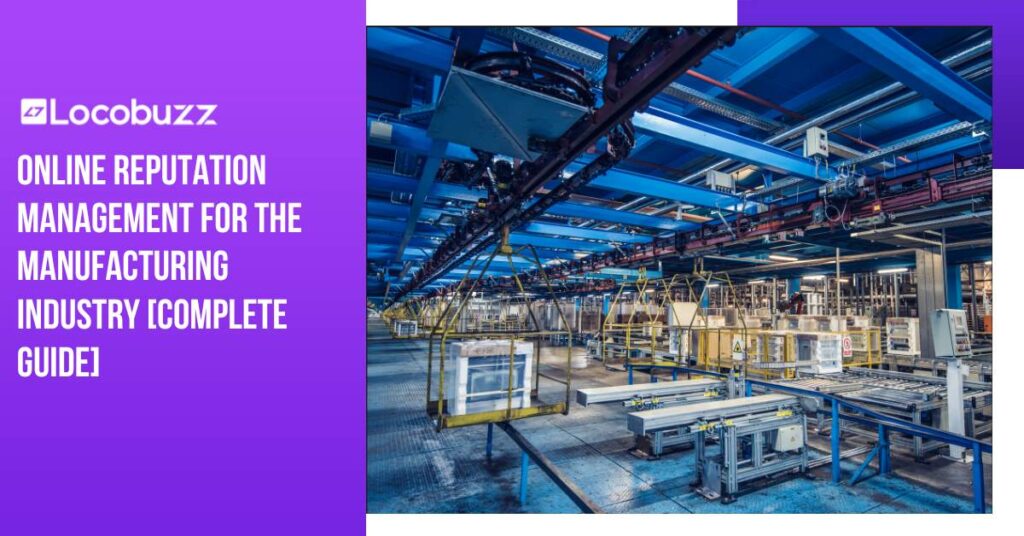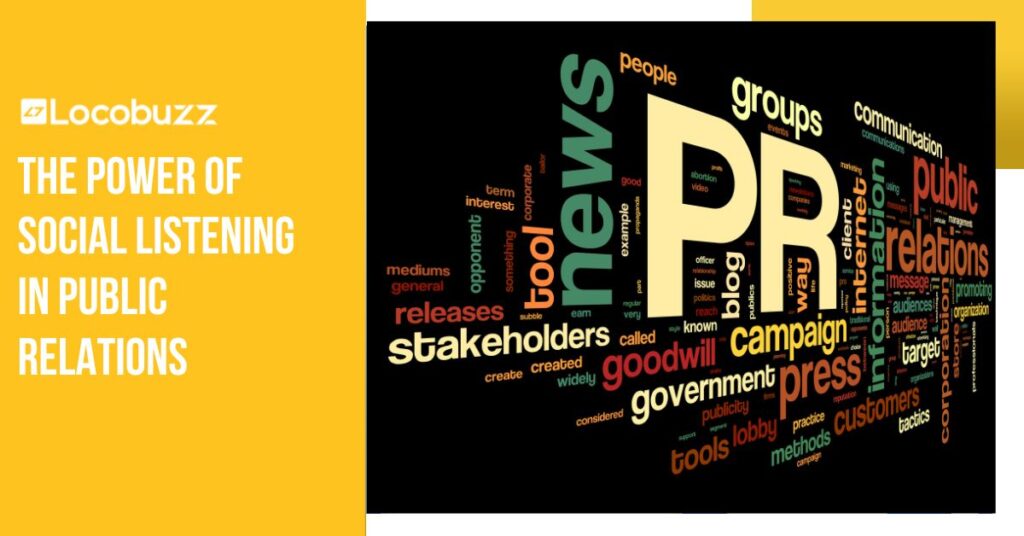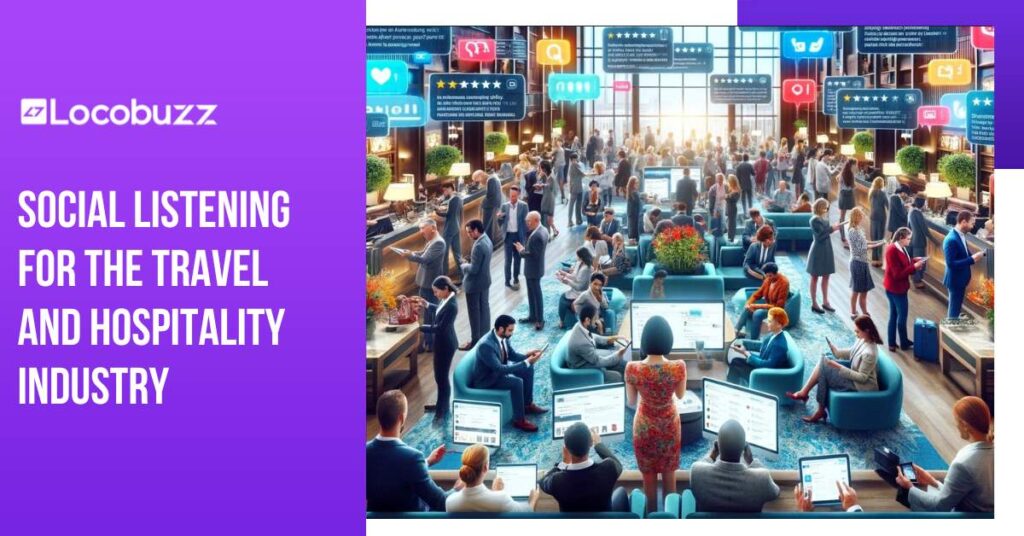Online reputation management for fintech [Complete Guide]
With so many fintech brands and the increasing competition out and about in the market, it’s become tough for fintech businesses to stand out and gain a credible reputation for themselves. What differentiates one fintech brand from the other and gains customer trust is its credibility and its online reputation, which is what these businesses struggle with due to the prevalence of the cybercrimes and data breaches that are apparent these days. But the one thing that can help ease this struggle for the fintech company is the Online Reputation Management (ORM) tool. A fintech brand’s online reputation can make or break its brand – positive feedback can help it gain market recognition, while negative reviews can cause a stain on the brand’s reputation. That’s why ORM is necessary, especially if you want your fintech brand to not just survive, but thrive and grow in this competitive and customer-centric economy. According to a study done by Forbes, “97 percent of business owners have said that online reputation management is important to their business.” And so, this blog will be your complete guide to learn everything you need to know about online reputation management for fintech. From tools to case studies, we’ve covered it all! Why is Online Reputation Management Important for Fintech? Online Reputation Management (ORM) drives your fintech business’s growth. It involves managing your fintech brand’s online image and improving it. It provides insights into your fintech company’s goodwill, media coverage, how customers perceive your fintech and its services online, its reviews, and thus helps in building trust with the customers and retaining them. Just like your good name matters in real life, your online reputation matters a lot in fintech. In the competitive fintech landscape, having a strong reputation sets your brand apart. It shows compliance with regulations, sets you apart from competitors, and builds confidence among your investors and stakeholders. What fintech companies struggle with these days is building a good name for themselves, attracting an audience, and building a trustworthy relationship with them. What ORM does is enable companies to analyze data and analytics effectively. By leveraging ORM tools, fintech firms can cultivate a credible reputation, earn customer trust, and ultimately foster long-term customer retention. Your Fintech Brand’s Current Online Reputation Before managing your fintech business’s online reputation, you need to assess and know where your brand’s current reputation stands. This forms the foundation upon which your Online Reputation Management (ORM) strategy will be built. Here’s how you can access your Fintech Brand’s Current Online Reputation: 1. Conduct searches: Use search engines like Google, Bing, and social media platforms to search for your fintech company name, products, and key executives. Take note of the search results analyze the various reviews and mentions, and find out what differentiates your fintech brand and services from the thousand other competitors. 2. Monitor social media: Keep a close eye on mentions and engagement of your brand across social media platforms such as Twitter, Facebook, LinkedIn, and others. Find out what your audience is saying about your services, sentiment, and engagement levels, and participate in the discussions related to your fintech brand. 3. Review customer support channels: Review the feedback and inquiries that your fintech brand has received through its customer support channels such as email, chat support, and customer service hotlines. Identify common issues and concerns that the customers face with fintech, and how your fintech brand can help solve them. 4. Conduct surveys and feedback sessions: Gather direct feedback from your audience through surveys, feedback forms, or focus group discussions. Ask about their experiences with your fintech products or services, their overall perception of your brand, and whether they would come back to use your services. 5. Analyze competitor activity: Keep an eye on your competitors’ online presence and reputation to benchmark your performance and identify areas for improvement. This is especially important for fintech brands, because of the competition and the data security issues. How Is ORM for Fintech Different From Other Sectors? Managing online reputation for fintech companies is different from other industries. The fintech industry is firstly tightly regulated, meaning companies must ensure their online actions comply with the regulations about financial transactions and customer data. Trust and security are the basics in fintech due to handling sensitive financial information, so reputation management needs to focus on reassuring customers about data safety. Fintech companies operate in a rapidly changing technological landscape, so ORM strategies must keep pace with new trends and platforms. Since fintech is influenced by financial market shifts, ORM needs to be flexible to handle reputation challenges arising from economic changes or regulatory updates. How Online Reputation Management(ORM) Works For Fintech? Online Reputation Management for a fintech brand is a mix of identifying the problems that customers face with fintech, assessing the brand’s current position, strategizing with the same data, proactively implementing measures, and monitoring, and tracking metrics to maintain a positive online presence. It operates through several steps, including: 1. Setting Realistic Goals: Clearly set your ORM goals for a fintech company, such as increasing brand visibility, customer loyalty, or managing reputation risks, and ensure that they are achievable. 2. Audit Current Reputation: Evaluate your current online reputation by searching for your fintech brand, products, and executives on search engines and social media along with your competitors. Analyze reviews, ratings, and mentions to understand the sentiment, and areas of hardship, and then identify and work on areas for improvement. 3. Develop ORM Strategy: Create a strategy with your team based on your research, objectives, and audit findings. This should include tactics for proactive reputation building, gaining customer trust, monitoring, and crisis management. 4. Proactive Reputation Building: Proactive reputation building is what will help your fintech brand maintain its reputation. Implement strategies like delivering excellent customer service, soliciting positive reviews, creating engaging content, and participating in the fintech industry’s discussions to build a positive online reputation. 5. Monitor Online Presence: Use ORM tools to track down the online conversations, mentions, and reviews
Online reputation management for fintech [Complete Guide] Read More »
 Skip to content
Skip to content









